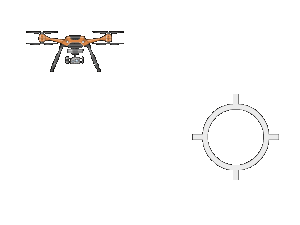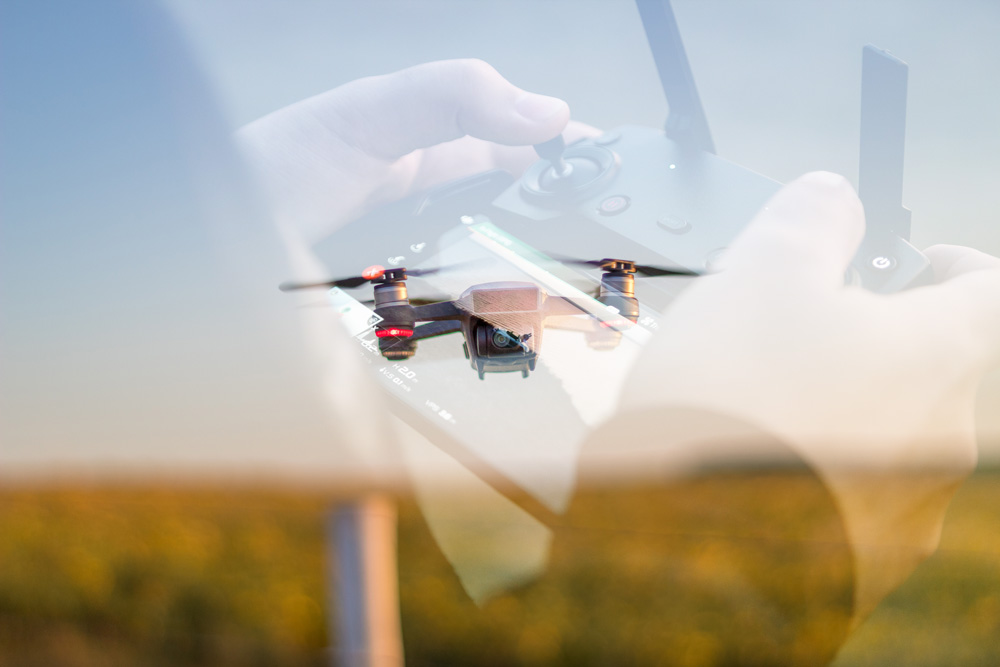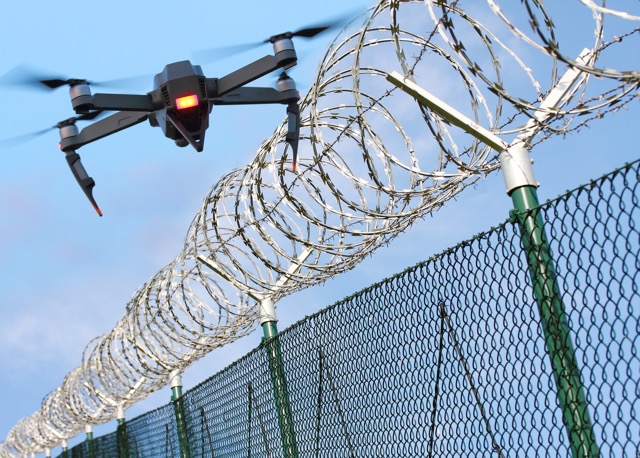It’s no surprise that drone technology has improved greatly over time, allowing even unskilled drone operators to easily get into restricted areas. In fact, in recent years, drones have managed to make their way into some of the most restricted areas in the world such as airports, military bases and across borders. This is the main motivator behind counter-drone technology.
What does counter-drone technology offer and why is it important in today’s tech ecosystem? This article looks at the benefits of anti-drone defence systems and how military and HLS agencies can use the technology.
Drone Uses Today
Drones are currently used across the world by civilians and militaries for various reasons:
- Combat – Military forces across the globe use drones for a wide range of activities and operations, giving a chance to gather important information, scout targets etc.
- Surveillance – Drones are used for surveillance purposes to observe (military and civilian) areas, monitor movement in certain areas and understand landscapes.
- Commercial & Leisure – Drones are used in various industries for commercial uses, including deliveries for Amazon, UPS and more, with new use cases added constantly. Drones are also used by individuals in their spare time as a hobby.
- Civilian applications – such as agriculture, mapping & topography, scanning and monitoring infrastructure.
Drones are popular because they are inexpensive, effective and easy to use. Unfortunately, despite drones offer many potential benefits, they can also be abused for purposes such as terrorism.
Drones have undergone significant levels of development in recent years as have anti-drone defence systems.
How Can an Anti-Drone Defence System Detect and Track Drones?
A static or portable anti-drone system has several ways of detecting whether a drone is in the vicinity. Each one makes the system more adept at countering a threat:
Acoustic Sensors can listen for the telltale buzzing of a drone nearby. Such systems are suitable for when you want to know if you are being surveilled or are under threat. However, they do not work as well when in loud areas, such as a busy city. They cannot identify the type of drone and are mostly use in limited and short-range situations.
Electro Optical Sensors use day & night cameras to track the skies to identify presence of a threat in the area. Due to small form factor, flight pattern, environmental conditions and weather, detection of a drone by electro optical sensors is difficult. The electro optical sensors are mostly used for a limited range, and they need to have a line of sight to the drone. Those sensors are mainly used to verify the detected objects from other sources and to track targets that have already been discovered.
Radars track flying objects and can detect small form factor drones from a distance. The detection range depends on line of sight with the drone which is less effective in urban and semi-urban areas as well as derogates due to weather and other parameters such as flight height. Another disadvantage is false detection that may occur caused by objects such as birds.
RF sensors are antenna-based systems that use received radio waves to detect communication between a controller and the drone. There are multiple methods for using RF sensors for detecting drones including those that can identify multiple drones and controllers, and systems that can track and locate drones. The benefits of this method are the ability to detect both drone and operators’ location, identify drone’s protocol and type, and since the sensors are passive (not transmitting), their operation is not regulated.
How do Counter Drones Systems work?
The steps for taking down a drone can include any of the following methods:
RF (SOFT) Neutralization – Several methods of neutralization are available, one of them is blocking the signals to the drone. The benefits of this method include: the neutralization is immediate, the system is considered as advanced, safe to use and easy-to operate. In addition, blocking the signal can work on multiple drones at once and leaves the space clear of drones as long as the system is active.
Taking control – Drone’s control systems can be taken-over using hacking techniques. This can be used to safely land drones or have them flown elsewhere. Drones takeover techniques are less effective and popular for two main reasons: The system is able to deal with drones’ protocols that had been pre-defined to the system. As new drone models are frequently marketed – the system will not be able counter the threat they pose. The need to crack the protocol of a new drones is costly and time consuming, resulting in a limited coverage of the taking over capability over the available drones. In addition, taking over is less effective when dealing with several concurrent drones, of similar or different types.
Destruction – A physical elimination of the drone to carry out its mission. The disadvantages are that it can be difficult to target the drone, might be dangerous in urban areas, distance can be a challenge, and the method does not work well when there are several drones to deal with at once.
How Counter Drones solutions are being used in the Field?
There are many situations today that warrant the use of counter-drones when it comes to keeping people and forces safe when in the field. The use of counter drones makes sure that drones don’t enter specific areas to gather sensitive information, endanger human life, detonate explosive payload or disruption of daily routines.
Let’s take a look at a few examples of how counter drones are used for protection in real life:
- Protecting soldiers while gathering in an open space before heading out on a mission.
- Counter drone technology being installed in vehicles during presidential or governmental trips to protect VIP convoy.
- Protecting important people while attending events in the open area.
- Protecting high-security buildings such as prisons, government institutions, etc.
- Protecting mass crowd events such as sport events, music concerts and festivals.
Where Can I Learn More About Counter Drone Systems?
Counter Drone Systems are becoming essential in the last decade due to the increased misuse of drones. Netline’s technology provides portable and fixed installation anti-drone systems, that serve a wide range of needs. Our specialists are experts in anti-drone technology and are waiting to help you with your specific needs. Contact us today.




